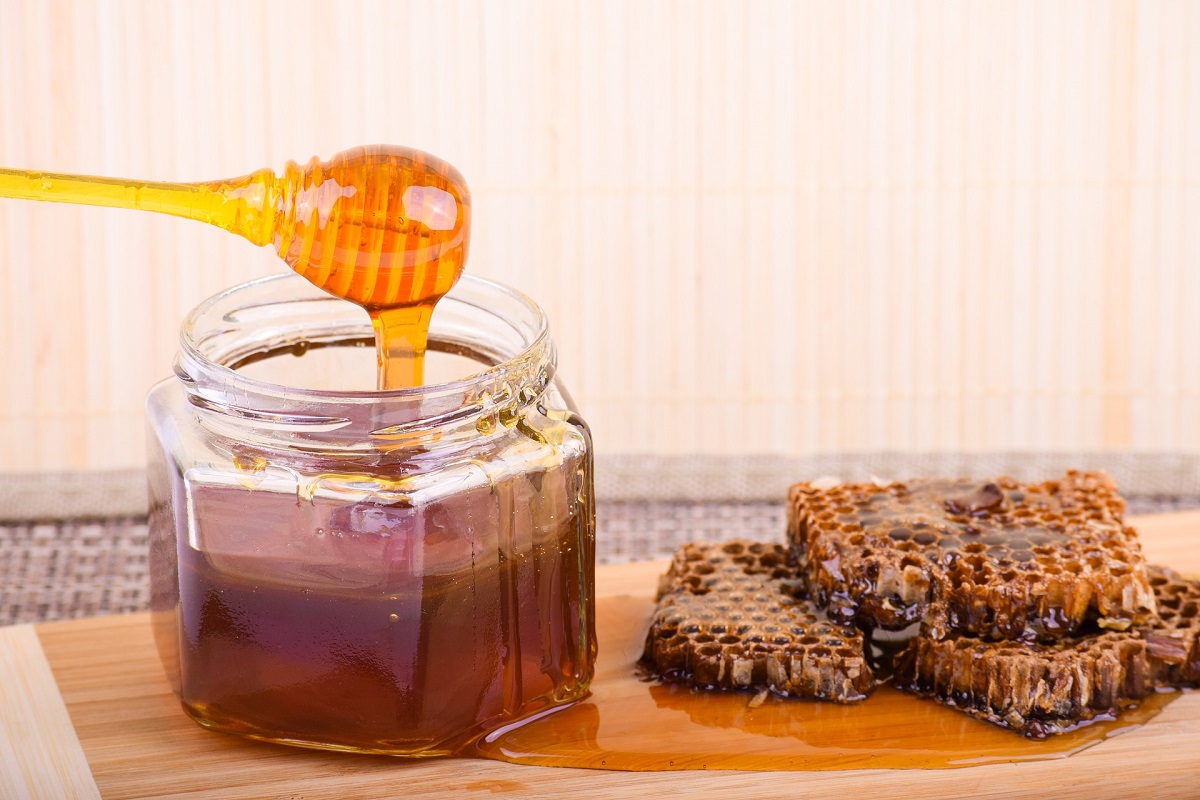

Articles
How To Store Fresh Honey
Modified: December 7, 2023
Learn the best methods for storing fresh honey in this informative article. Discover how to preserve its quality and extend its shelf life.
(Many of the links in this article redirect to a specific reviewed product. Your purchase of these products through affiliate links helps to generate commission for Storables.com, at no extra cost. Learn more)
Introduction
Storing fresh honey properly is essential to maintain its quality and prolong its shelf life. Honey is a delicious and versatile natural sweetener that is beloved by many. It’s not only a tasty addition to various recipes and beverages, but also has numerous health benefits.
When it comes to storing fresh honey, it’s important to protect it from moisture, light, and heat, which can all affect its texture, flavor, and nutritional profile. By following a few simple guidelines, you can ensure that your honey remains fresh and delicious for an extended period of time.
In this article, we will explore the best containers for storing fresh honey, the importance of choosing the right storage location, considerations regarding temperature and humidity, preventing contamination, proper labeling and dating, and monitoring and maintaining honey quality.
So, whether you’re a beekeeper harvesting your own honey or a honey enthusiast looking to preserve store-bought honey, read on to discover the best practices for storing fresh honey.
Key Takeaways:
- Properly storing fresh honey is crucial to maintain its quality and flavor. Choose the right container, storage location, and monitor its condition to enjoy delicious honey for an extended period.
- Avoid contamination, label and date your honey, and monitor its quality to ensure it remains fresh and flavorful. With proper care, stored honey can be enjoyed for an extended period.
Read more: How To Store Honey
Best Containers for Storing Fresh Honey
Choosing the right container for storing fresh honey is crucial to preserve its quality and prevent any external factors from affecting its taste and texture. Here are some of the best containers to consider:
- Glass Jars: Glass jars are an excellent choice for storing honey. They are non-reactive, meaning they won’t interact with the honey and alter its flavor. Furthermore, glass jars provide a tight seal, keeping out moisture and preserving freshness. Look for jars with airtight lids that can easily be opened and closed.
- Plastic Containers: High-quality food-grade plastic containers are another option for storing honey. Make sure the containers are BPA-free and have a secure lid to prevent any leakage. Plastic containers are lightweight and durable, making them convenient for travel or outdoor activities.
- Ceramic Containers: Ceramic containers with a silicone or rubber gasket are a stylish and functional choice for honey storage. The gasket ensures an airtight seal, keeping the honey fresh and free from contaminants. Ceramic containers also provide insulation, protecting the honey from temperature fluctuations.
- Stainless Steel Containers: If you prefer a more durable and long-lasting option, consider stainless steel containers. They are resistant to corrosion and do not impart any taste or odor to the honey. Look for stainless steel containers with a tight-fitting lid to maintain the honey’s freshness.
- Tightly Sealed Plastic Bags: If you need a temporary solution for storing small amounts of honey, tightly sealed plastic bags can be used. Ensure the bags are thick and food-grade to prevent any leakage. Place the bags in a sturdy container to provide additional protection.
When choosing a container, always opt for food-grade materials to ensure that no harmful chemicals or substances leach into the honey. Make sure the containers are clean, dry, and free from any residues that could contaminate the honey.
Remember to label the containers with the date of harvest or purchase and the type of honey to easily track its freshness. Properly sealed and labeled containers will help you organize your honey collection and know which jars to use first.
Now that you know the best containers for storing fresh honey, let’s move on to the next section and discover the importance of choosing the right storage location.
Choosing the Right Storage Location
When it comes to storing fresh honey, it’s not only about the container you choose but also the location where you store it. The right storage location can greatly impact the longevity and quality of your honey. Here are some considerations to keep in mind when choosing a storage location:
- Away from Direct Sunlight: Honey is photosensitive, meaning it can be affected by exposure to light. To prevent the honey from degrading and losing its nutritional benefits, store it in a dark or opaque container and keep it away from direct sunlight. This will also help maintain the honey’s natural color.
- Cool and Dry Environment: Honey is best stored in a cool and dry location. Avoid areas with high humidity or temperature fluctuations, as they can promote fermentation and spoilage. Ideally, the storage area should have a temperature between 50°F and 70°F (10°C to 21°C).
- Air-Tight Space: Honey can absorb external odors easily, so it’s important to store it in an air-tight space. This will help preserve its original aroma and flavor. Avoid storing honey near strong-smelling substances such as spices, detergents, or cleaning agents.
- Elevated Position: Storing honey on an elevated shelf or platform can help protect it from potential spills or damage. It also prevents any contact with moisture that may accumulate on the ground.
- Accessible and Convenient: Choose a storage location that is easily accessible and convenient for regular use. This will allow you to check the condition of the honey, rotate your stock, and ensure that you’re using the oldest jars first.
Consider these factors when selecting a storage location for your fresh honey. A pantry, cupboard, or kitchen cabinet away from heat sources like stoves and ovens can be an ideal choice. Make sure the area is clean, well-ventilated, and free from any potential contaminants.
Now that you know how to choose the right storage location, let’s move on to discussing the impact of temperature and humidity on stored honey.
Temperature and Humidity Considerations
The temperature and humidity of the storage environment play a crucial role in preserving the quality of your honey. Here are some important considerations when it comes to temperature and humidity:
- Temperature: Honey should be stored at a consistent temperature to prevent crystallization and maintain its natural texture. Extreme temperature fluctuations can cause the honey to degrade and lose its flavor. As mentioned earlier, the ideal storage temperature for honey is between 50°F and 70°F (10°C to 21°C).
- High Temperatures: Avoid storing honey in areas that are too warm, such as next to appliances that emit heat or in direct sunlight. Excessive heat can degrade the enzymes and antioxidants present in honey, diminishing its nutritional value. It can also cause the honey to develop off-flavors and darken in color.
- Low Temperatures: While honey can withstand cold temperatures, it can become thick and difficult to pour if stored in a very cold environment. If this happens, warm the honey gently in a water bath to restore its fluidity. Avoid freezing honey as it can lead to changes in texture and taste.
- Humidity: Moisture can affect the quality of honey by promoting fermentation or encouraging the growth of mold. Avoid storing honey in high humidity areas like the bathroom or near the dishwasher. If you live in a humid climate, consider using a dehumidifier in the storage area to maintain the optimal humidity level.
- Storage Containers and Moisture: Ensure that the containers used for storing honey are tightly sealed to prevent moisture from entering. Even a small amount of moisture can compromise the quality of the honey over time. If you notice any condensation inside the container, dry it thoroughly before sealing it again.
By considering the temperature and humidity in your storage location, you can protect the flavor, texture, and overall quality of your fresh honey. Taking these precautions will help you enjoy the full benefits of honey for a longer period of time.
Next, let’s discuss the importance of avoiding contamination when storing fresh honey.
Store fresh honey in a cool, dry place away from direct sunlight. Keep it tightly sealed to prevent moisture from getting in, which can cause fermentation. Honey does not spoil, but proper storage will maintain its quality and flavor.
Avoiding Contamination
To ensure the freshness and purity of your honey, it’s important to take necessary precautions to avoid contamination. Here are some guidelines to follow:
- Clean and Dry Containers: Before storing honey, make sure the containers are thoroughly cleaned and dried. This helps eliminate any potential contaminants that can affect the quality of the honey. Use warm water and mild soap to clean the containers, and rinse them thoroughly to remove any traces of soap.
- Proper Sealing: Ensure that the containers used for storing honey have a tight seal. This prevents any outside elements like dust, insects, or other contaminants from entering the honey. Check the lids or caps of the containers regularly to make sure they are secure and intact.
- Avoid Cross-Contamination: It’s important to keep honey isolated from substances that may contaminate it. Avoid using utensils that have been used for other food items when handling honey. This prevents cross-contamination and maintains the purity of the honey.
- No Double-Dipping: When using honey from a jar, avoid double-dipping with used utensils. This can introduce moisture and contaminants into the honey. Use clean utensils or pour the desired amount into a separate container for individual use.
- Storage Away from Strong Odors: Honey has the ability to absorb odors from its surroundings. It’s crucial to store honey in an area away from strong-smelling substances such as spices, cleaning products, or perfumes. This helps preserve the natural aroma and flavor of the honey.
- Keep it away from Water: Moisture is one of the primary factors that can cause honey to spoil. Ensure that the storage area is dry and free from any water or humidity sources. Always wipe the jar’s exterior before returning it to the storage location to prevent any liquid or moisture from entering the container.
- Rotate Stock: To ensure optimal freshness, it’s recommended to use the oldest jar of honey first. This practice helps prevent honey from sitting in storage for too long, reducing the risk of contamination and maintaining the best quality.
By following these guidelines, you can effectively avoid contamination and preserve the purity of your fresh honey. Taking these precautions will ensure that you enjoy delicious and untainted honey for an extended period of time.
Next, let’s explore the importance of proper labeling and dating when storing fresh honey.
Read more: How To Store A Honey Dipper
Proper Labeling and Dating
Properly labeling and dating your stored honey is essential for organization, tracking freshness, and ensuring you use the oldest jars first. Here are some guidelines to follow:
- Label the Honey Variety: If you have multiple varieties of honey, it’s important to label each jar with the specific variety. This will help you easily identify the type of honey you’re using and prevent confusion.
- Date of Harvest or Purchase: Label each jar with the date of harvest or purchase. This information allows you to keep track of the age of the honey and use it in a timely manner. Fresh honey is usually preferred for its superior flavor and nutritional properties.
- Origin or Source: If you have honey from different regions or sources, consider labeling the jars with that information. This can be helpful if you prefer honey from specific locations or if you want to compare flavors and characteristics.
- Additional Notes: If applicable, you can include additional notes on the label, such as specific floral sources, extraction methods, or any unique characteristics of the honey. This provides additional information and enhances your honey tasting experience.
- Properly Attach Labels: Ensure that the labels are securely attached to the containers. This prevents them from getting lost or damaged over time, making it easier for you to identify and select the honey you desire.
- Organize the Storage Area: Arrange your honey jars in a systematic manner, grouping them by variety or date. This helps you maintain an organized storage area and makes it easier to locate specific jars when needed.
- Regularly Check Labels: Periodically check the labels on your honey jars to ensure they remain legible and accurate. If the labels become damaged or fade over time, consider relabeling the jars to maintain clear and useful information.
By properly labeling and dating your stored honey, you can effectively manage your inventory and ensure that you use your honey in a timely manner, optimizing its freshness and quality.
Now that you understand the significance of proper labeling and dating, let’s move on to discussing the importance of monitoring and maintaining the quality of your honey during storage.
Monitoring and Maintaining Honey Quality
Monitoring and maintaining the quality of your stored honey is essential to ensure its flavor, texture, and nutritional value are preserved over time. Here are some important practices to follow:
- Regular Visual Inspection: Periodically check the jars of honey for any signs of spoilage, such as mold growth or discoloration. If you notice any abnormalities, discard the affected jar and inspect neighboring jars to prevent cross-contamination.
- Storage Conditions: Continuously monitor the storage conditions, including the temperature and humidity levels. Ensure that the storage area remains cool, dry, and well-ventilated to prevent fermentation or spoilage of the honey.
- Crystallization: It’s normal for honey to crystallize over time, especially if it’s raw and unprocessed. If you prefer liquid honey, gently warm the jar in a water bath to dissolve the crystals. Avoid using microwaves or direct heat, as they may cause the honey to lose its nutritional benefits.
- Odor and Taste: Occasionally assess the aroma and taste of the honey. It should have a pleasant smell and a distinct, sweet flavor. If you notice any off-putting odors or unusual tastes, it may be an indication of spoiling or contamination.
- Proper Handling: When using honey, ensure that utensils and hands are clean to prevent introducing any contaminants. Avoid double-dipping or transferring honey from a used utensil back into the jar to maintain the overall quality of the honey.
- Rotate Stock: As mentioned earlier, using the oldest jars of honey first helps maintain freshness and prevent honey from sitting in storage for too long. This practice ensures that you enjoy the best quality honey and avoid waste.
- Consistency and Texture: Pay attention to the consistency and texture of the honey. It should be smooth and flow easily, without any gritty or clumpy texture. If you notice any significant changes in texture, it may indicate spoilage or degradation.
- Storage Duration: While honey does not spoil easily, it’s still important to be mindful of its storage duration. Aim to consume or use stored honey within one to two years of the harvest or purchase date for the best flavor and quality.
By regularly monitoring the quality of your stored honey, you can ensure that it remains fresh, flavorful, and safe for consumption. Proper storage, handling, and careful observation will help you enjoy the best-tasting honey for an extended period.
Now that we have covered the important aspects of storing fresh honey, let’s conclude our discussion.
Conclusion
Storing fresh honey properly is essential to maintain its quality, flavor, and nutritional benefits. By following the guidelines outlined in this article, you can ensure that your honey remains fresh and delicious for an extended period of time.
Choosing the right container for storing fresh honey is crucial. Glass jars, plastic containers, ceramic containers, and stainless steel containers are all great options. Ensure the containers are clean, dry, and tightly sealed to prevent any contamination.
When selecting a storage location, consider factors such as avoiding direct sunlight, maintaining a cool and dry environment, and keeping it away from strong odors or moisture sources. These steps will help protect the honey from degradation and maintain its natural properties.
Avoiding contamination is crucial to preserving the purity of honey. Clean containers, proper sealing, and preventing cross-contamination are key practices to follow. By adhering to these guidelines, you can enjoy honey free from any external contaminants.
Proper labeling and dating play a significant role in managing your honey collection and ensuring you use the oldest jars first. By organizing and labeling your honey jars, you can easily track their freshness and flavor profiles.
Monitoring and maintaining the quality of your stored honey is vital. Regular visual inspections, maintaining storage conditions, monitoring for crystallization, assessing odor and taste, proper handling, rotating stock, and paying attention to consistency and texture are all important practices to follow.
In conclusion, storing fresh honey is not complicated, but it requires attention to detail and proper handling. By following the guidelines provided in this article, you can enjoy the full benefits of fresh honey – its delicious taste, natural sweetness, and numerous health benefits – for an extended period of time.
So, whether you’re a beekeeper or a honey enthusiast, use these tips to store your honey with care, ensuring that every spoonful brings delight and satisfaction.
Frequently Asked Questions about How To Store Fresh Honey
Was this page helpful?
At Storables.com, we guarantee accurate and reliable information. Our content, validated by Expert Board Contributors, is crafted following stringent Editorial Policies. We're committed to providing you with well-researched, expert-backed insights for all your informational needs.
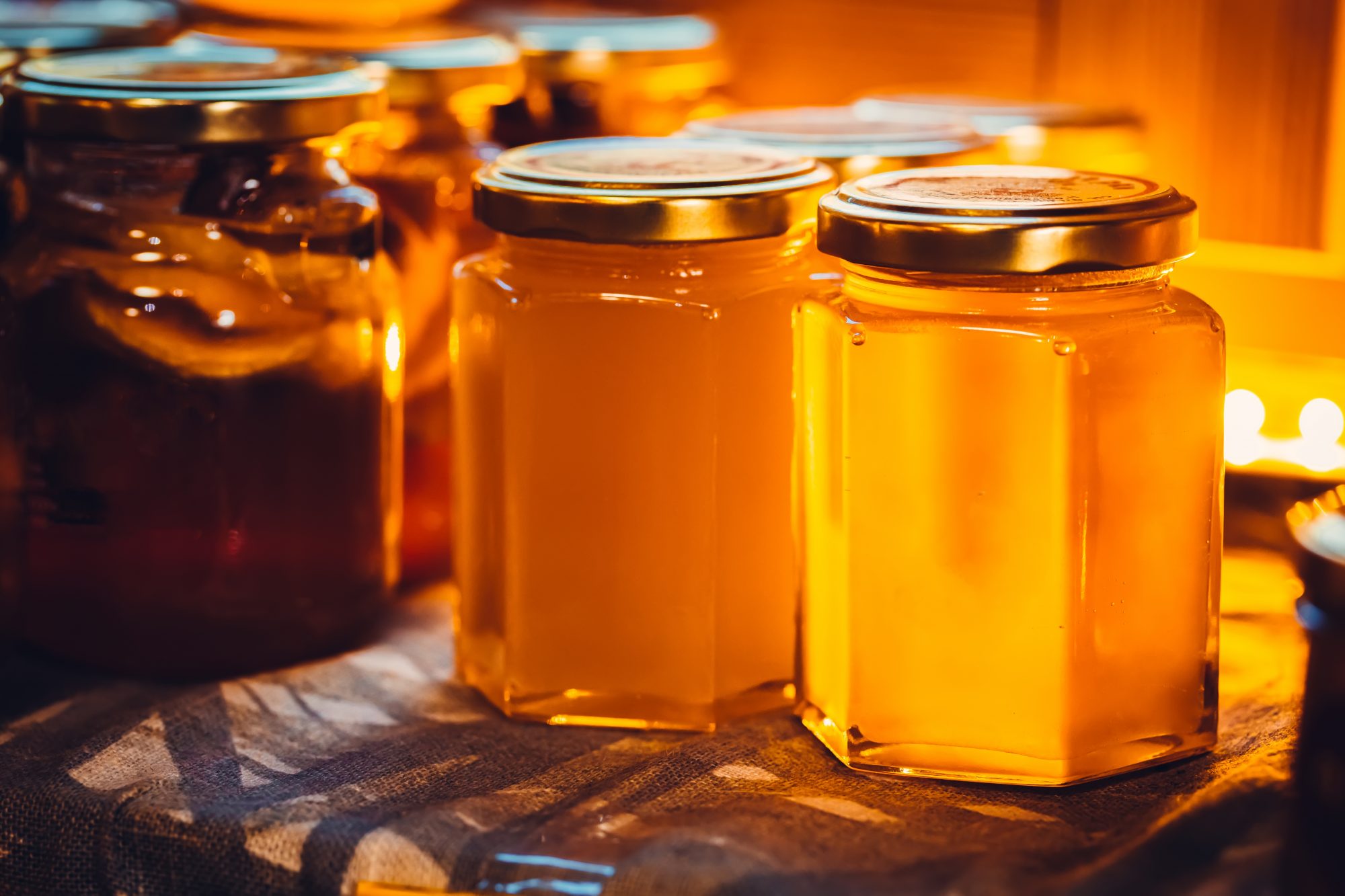
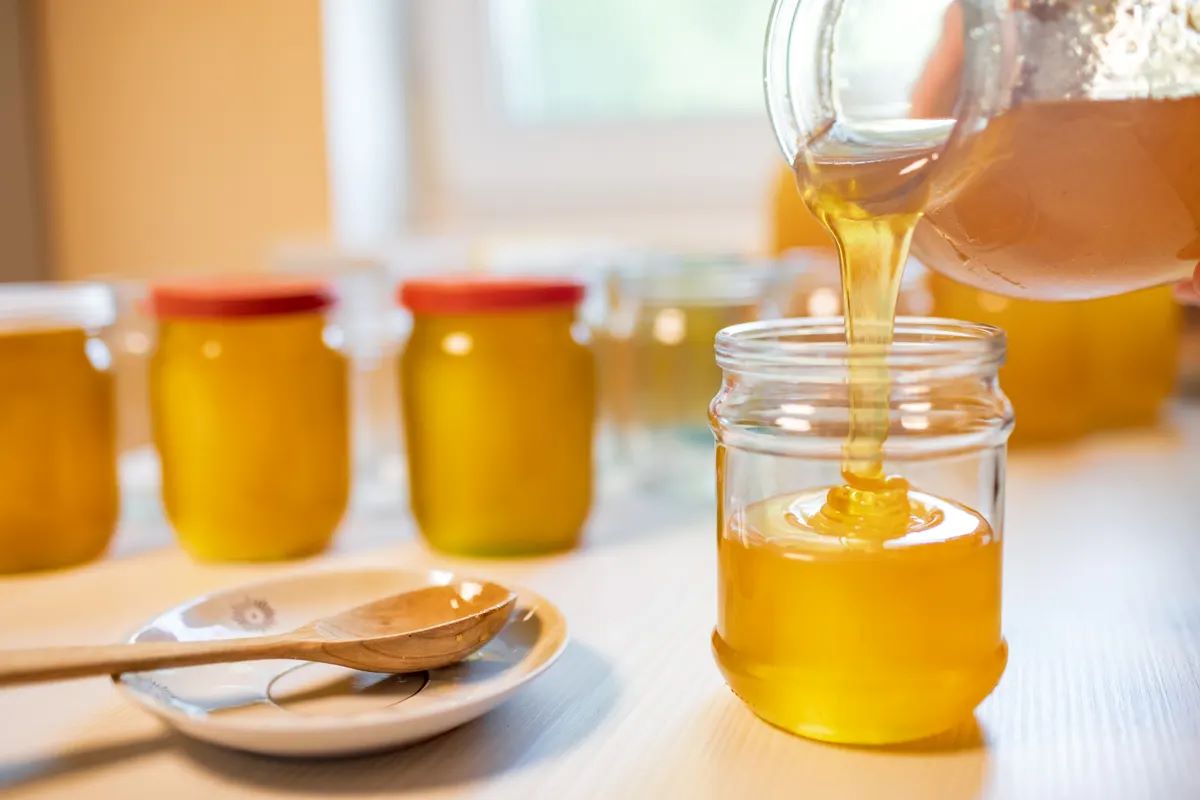
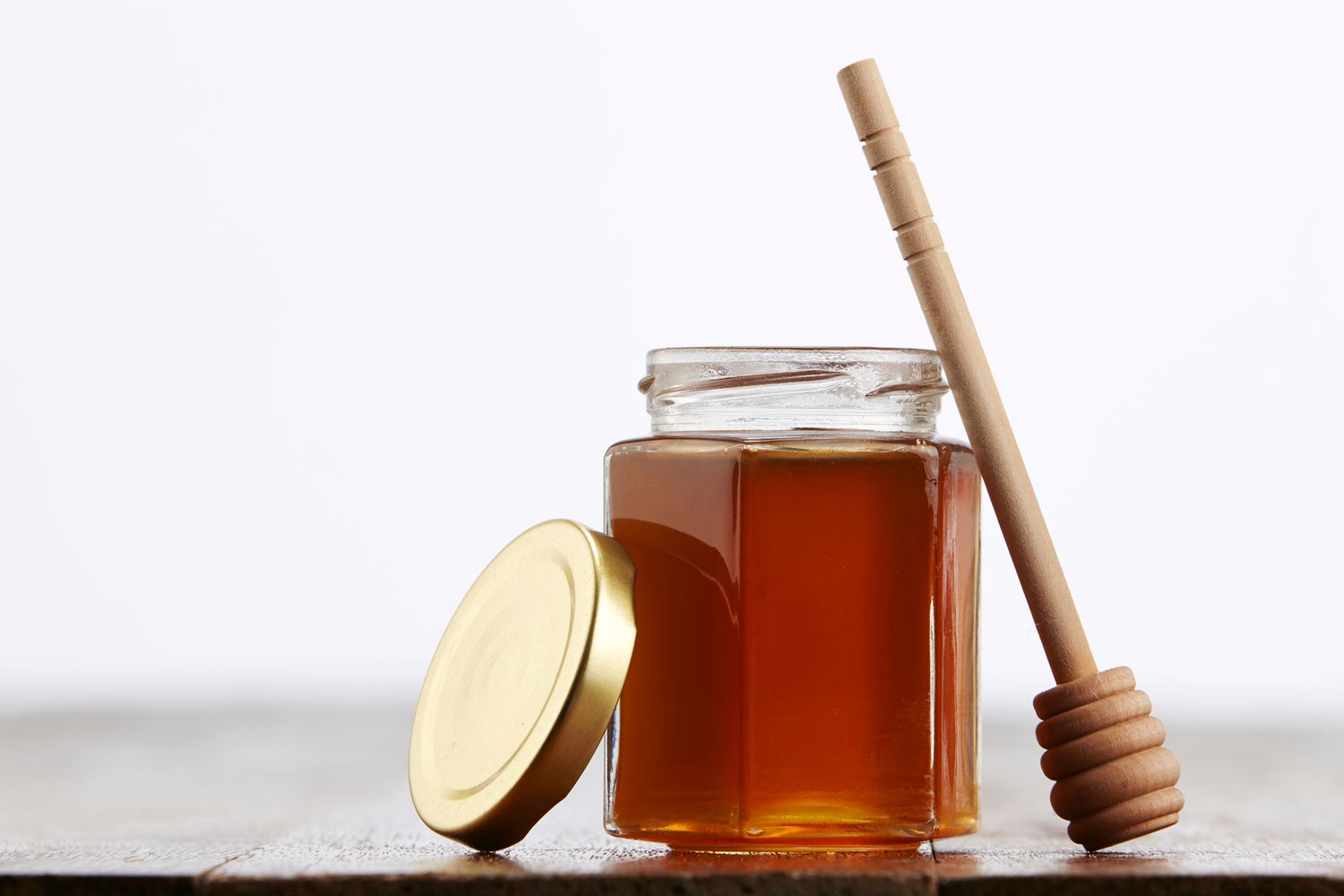
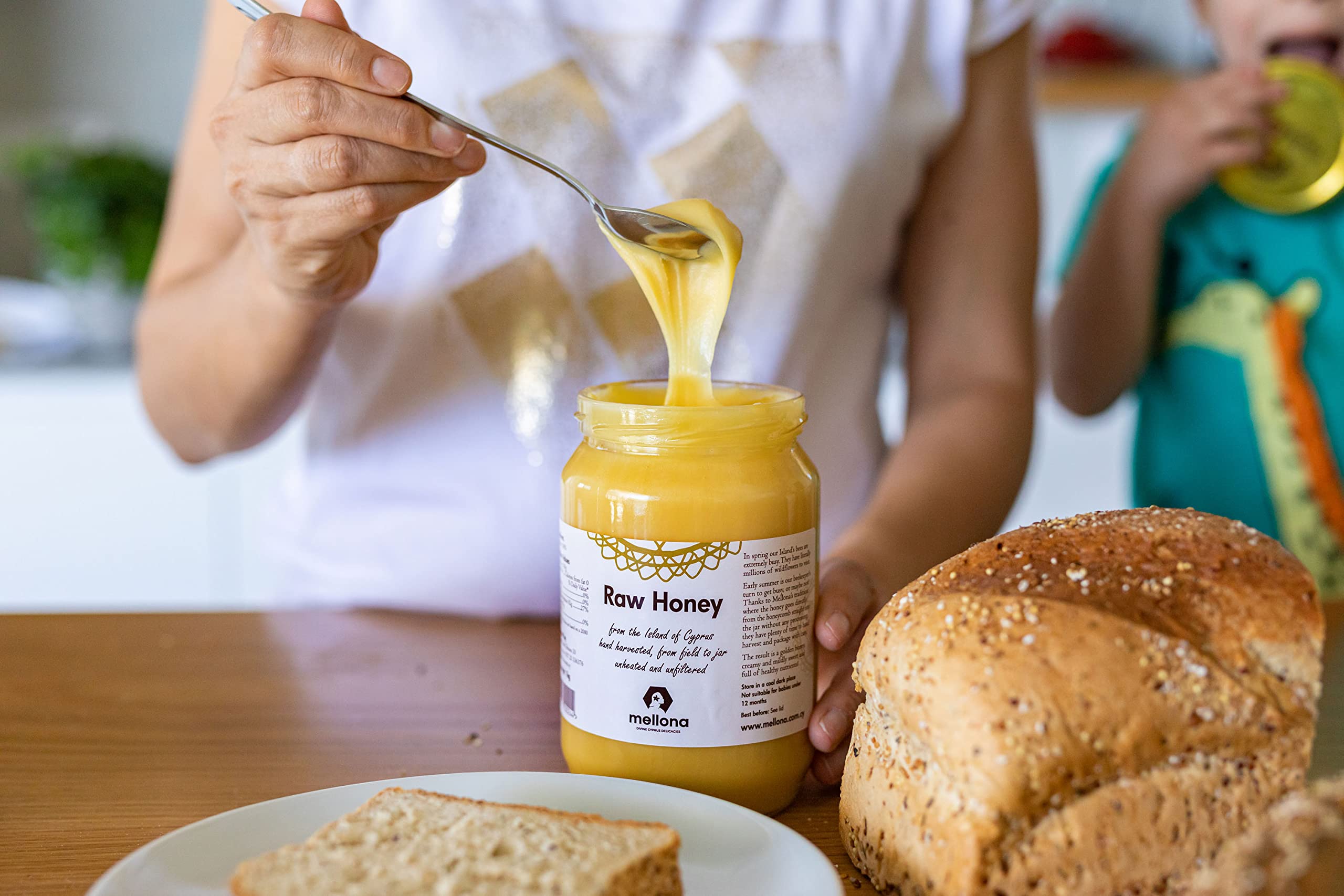
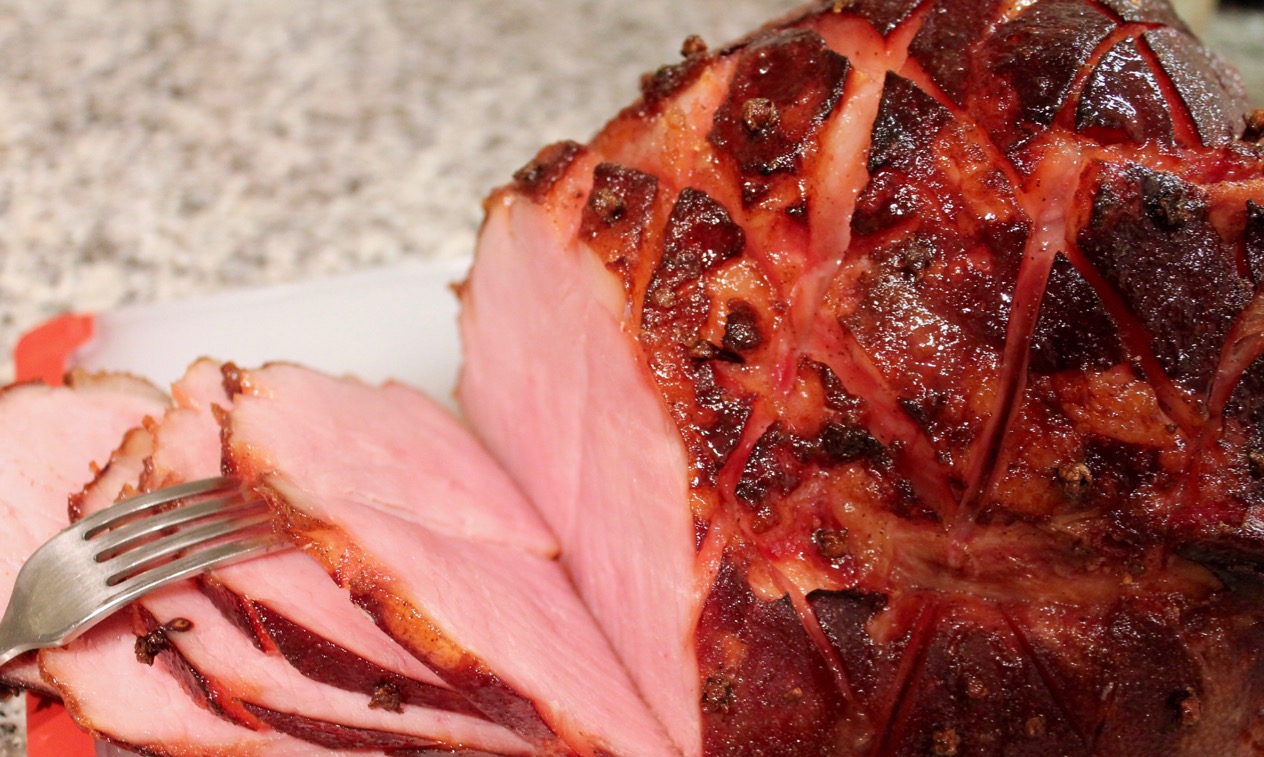
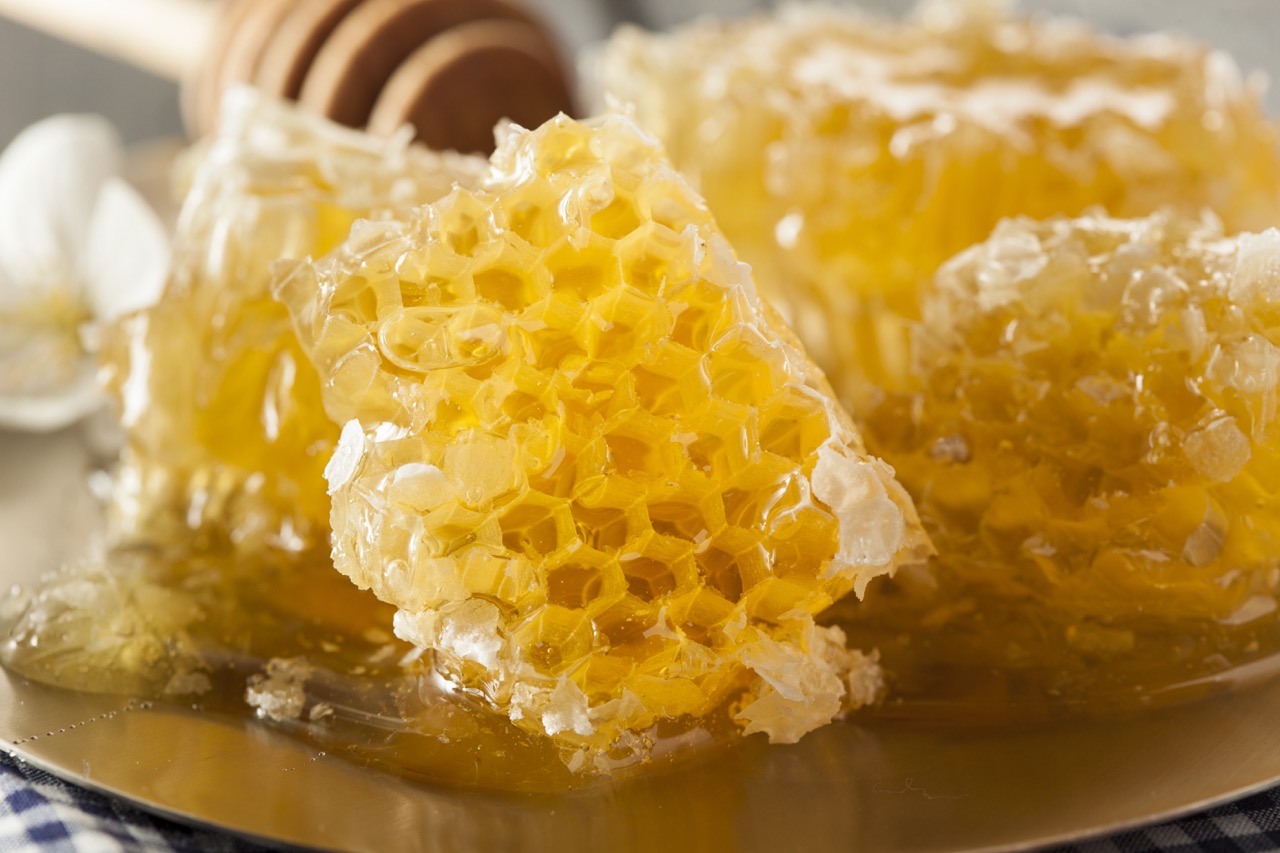
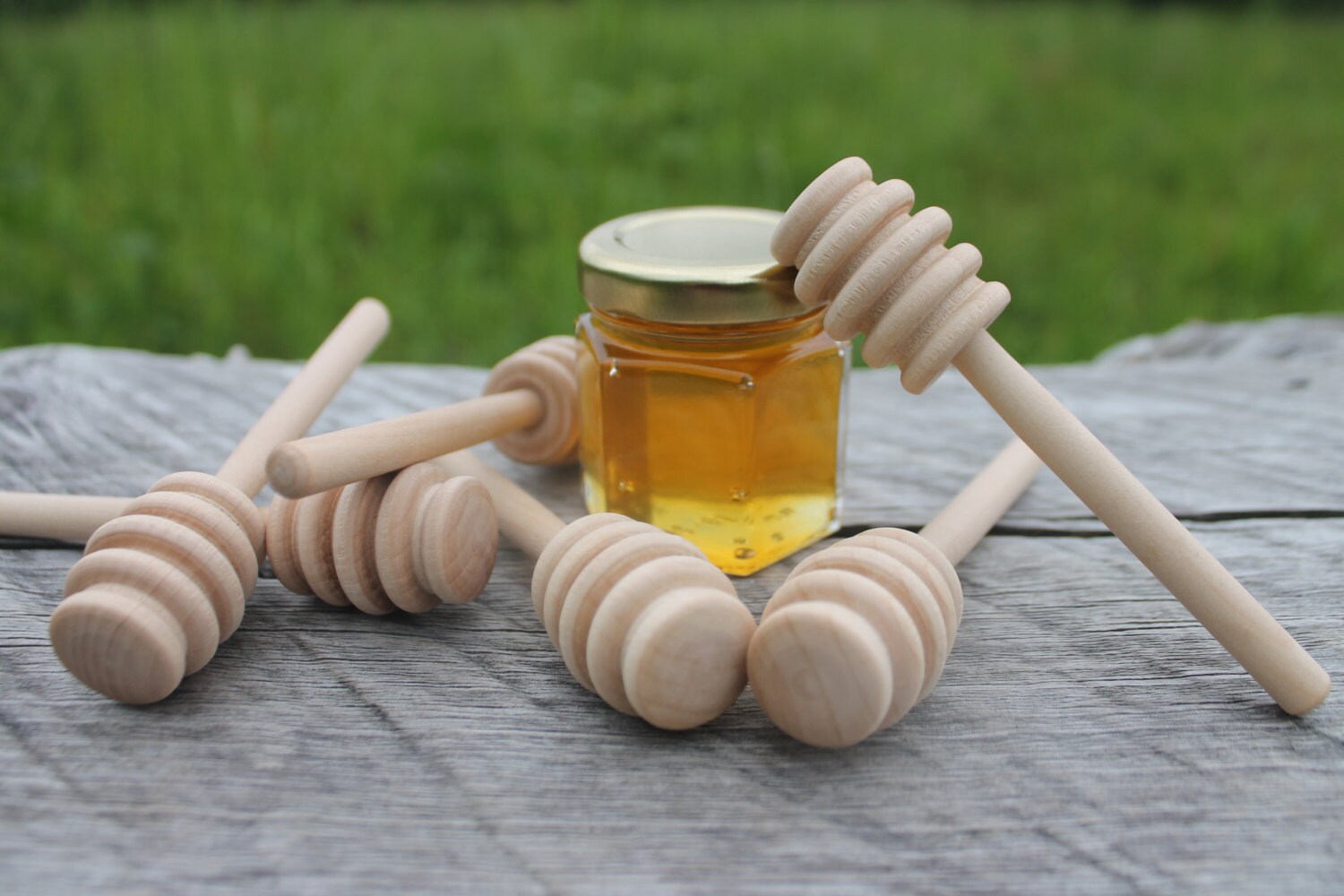
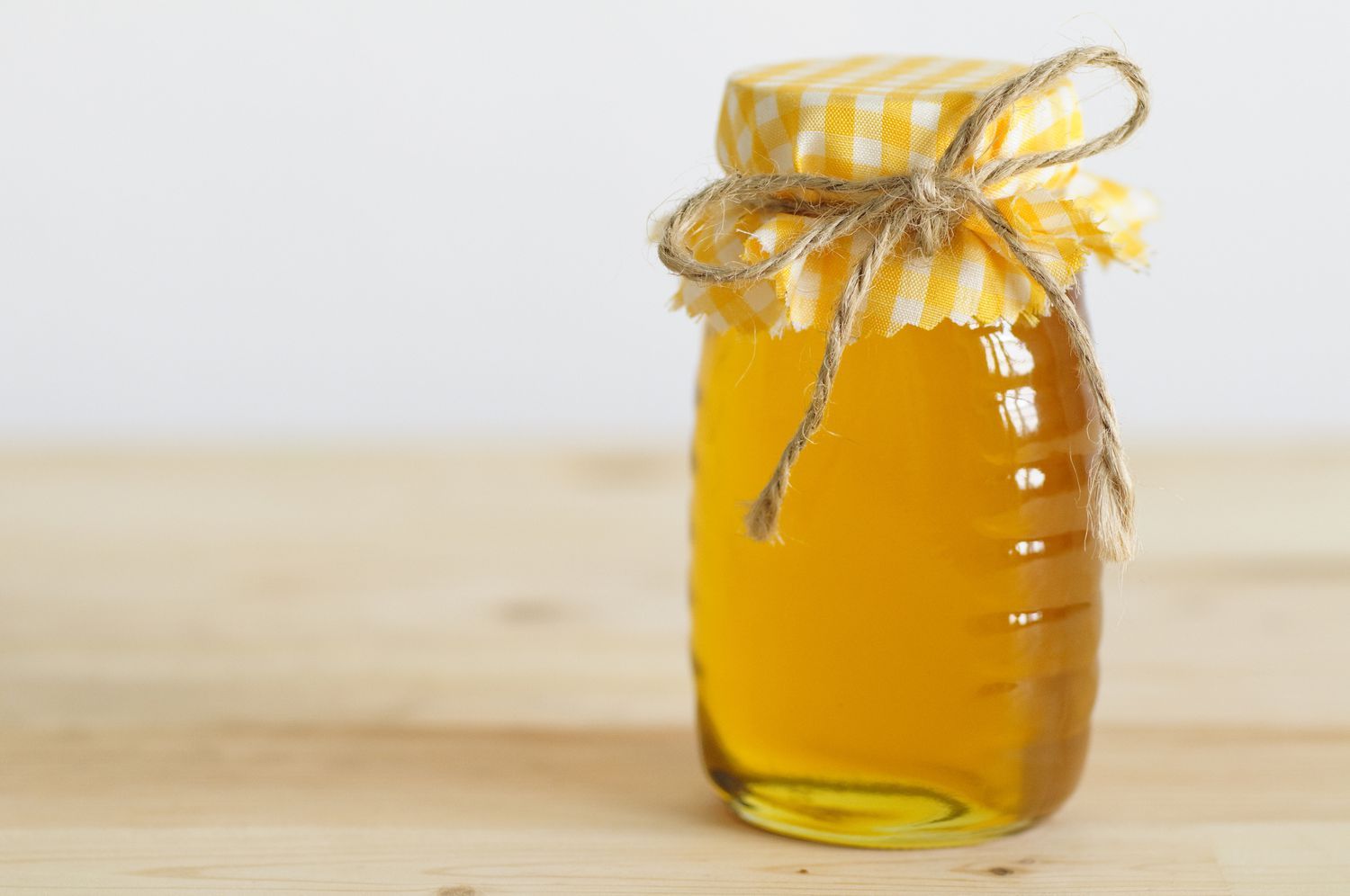
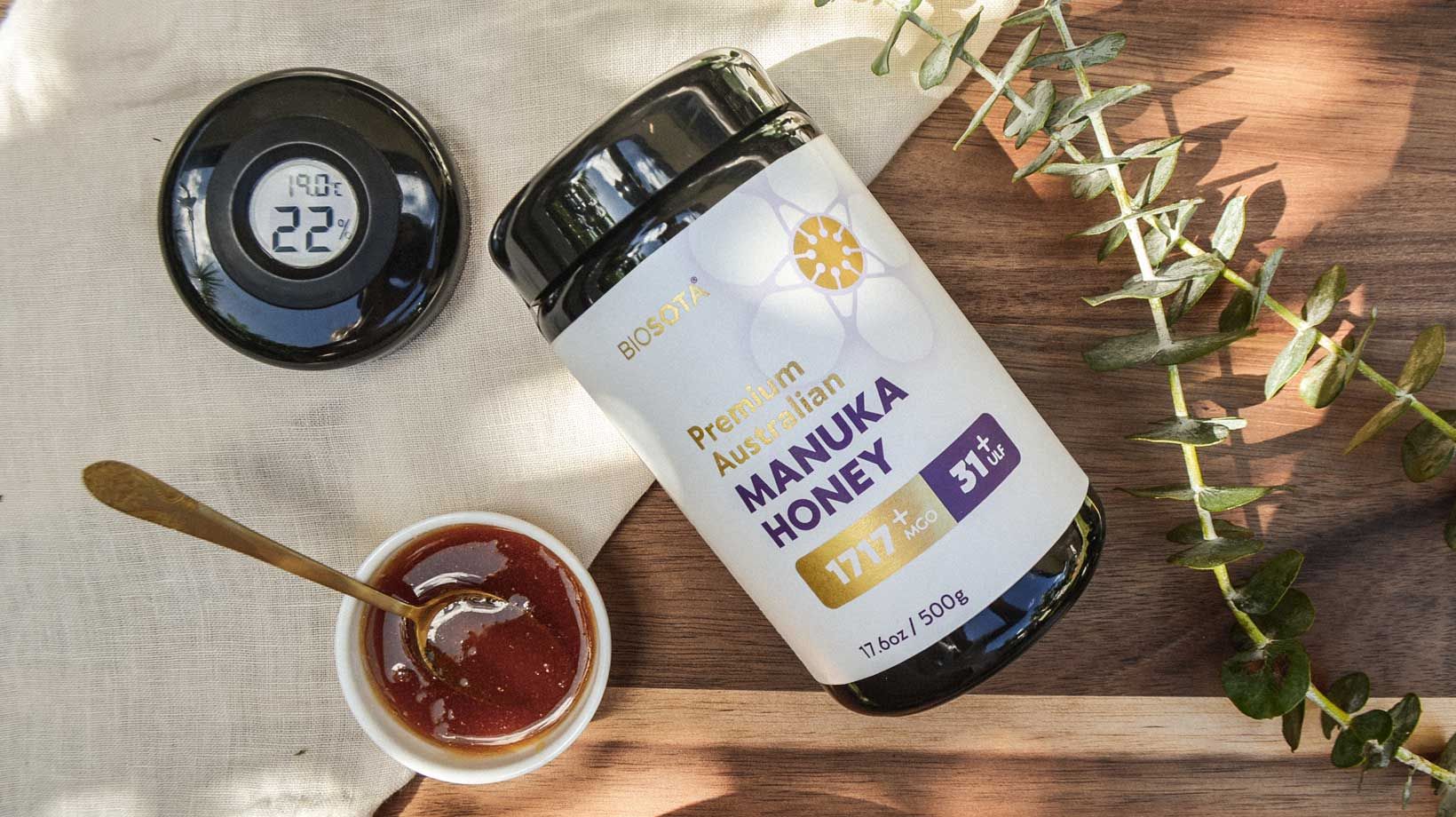
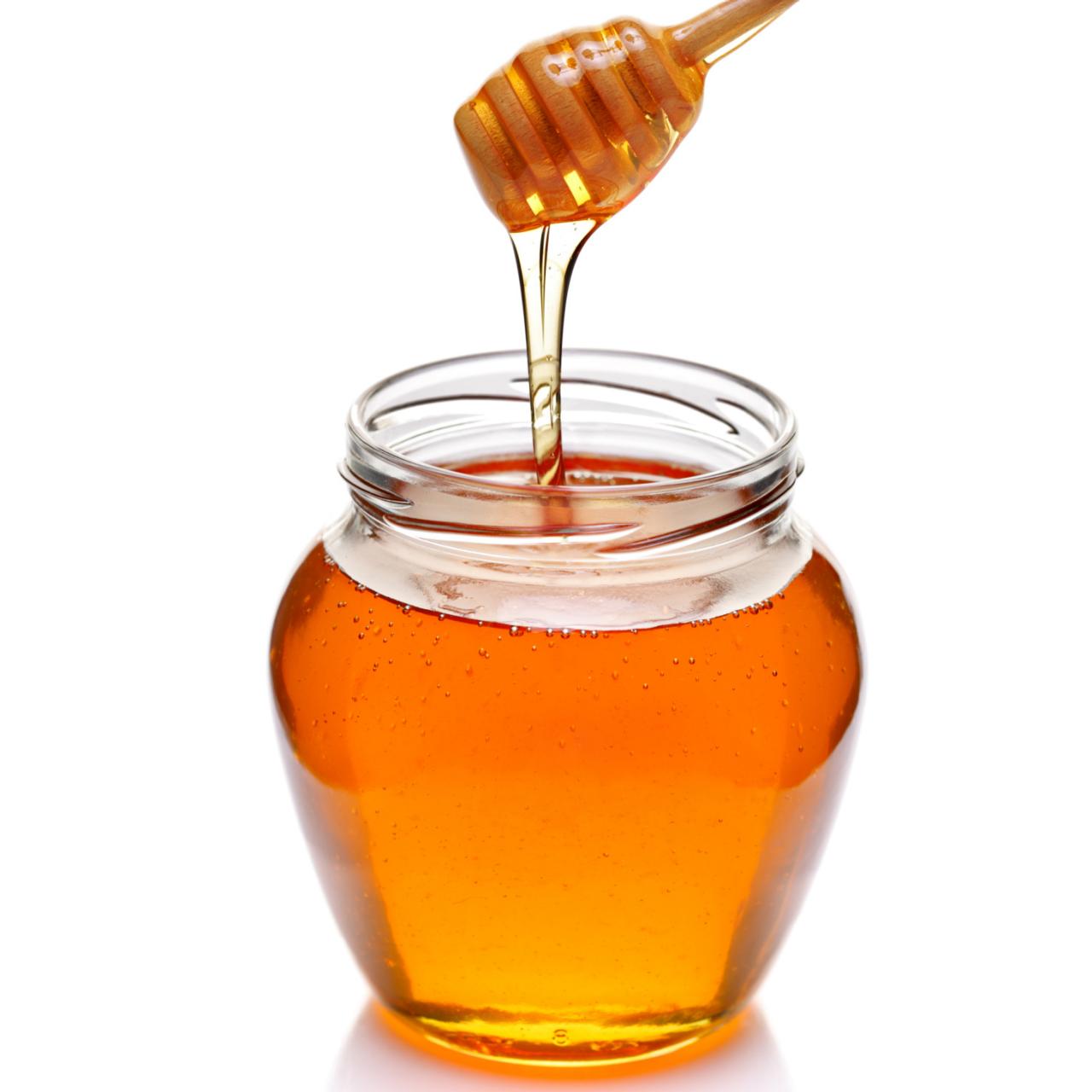
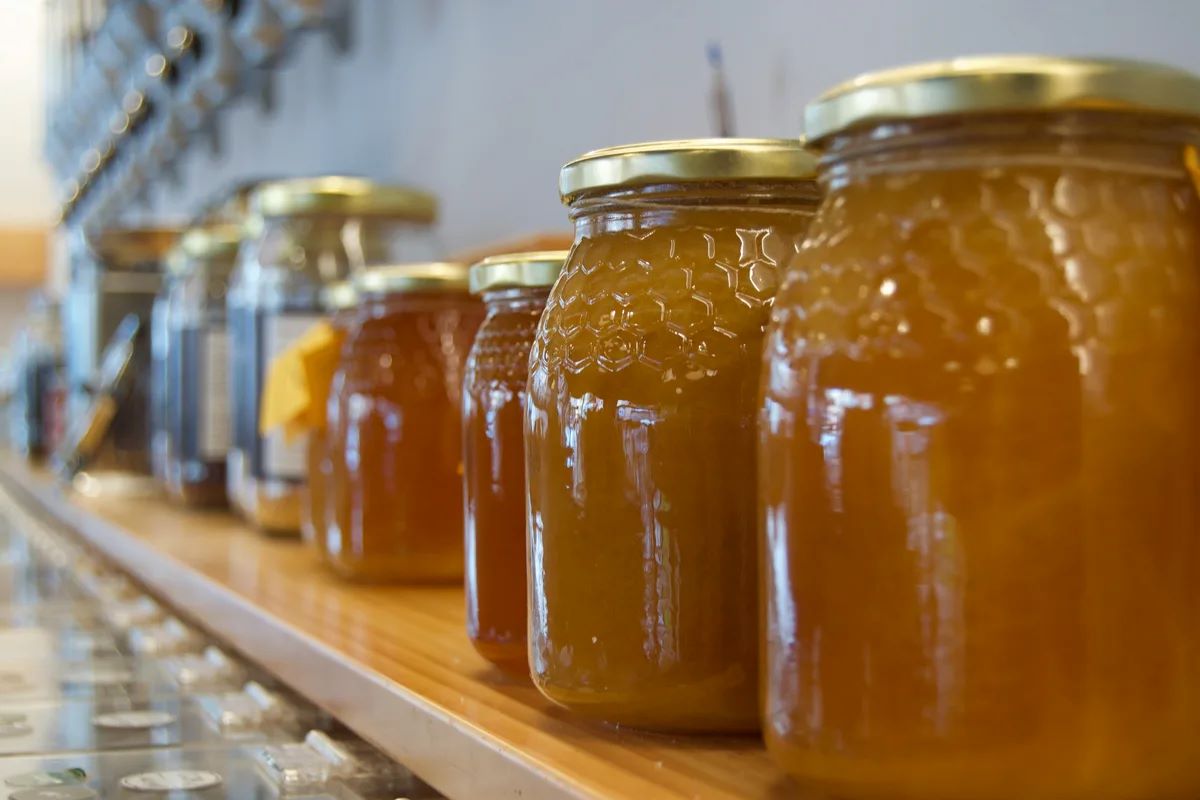
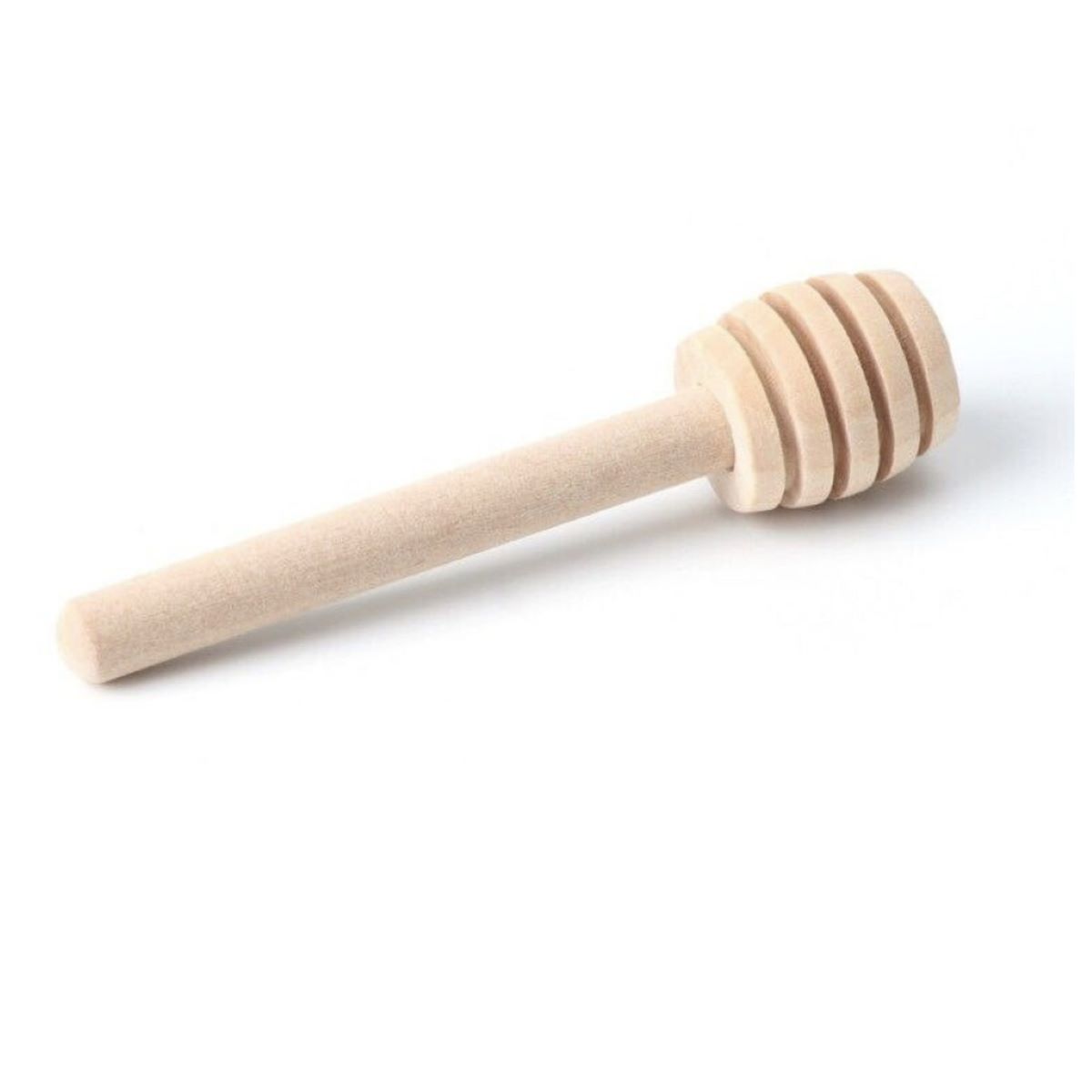
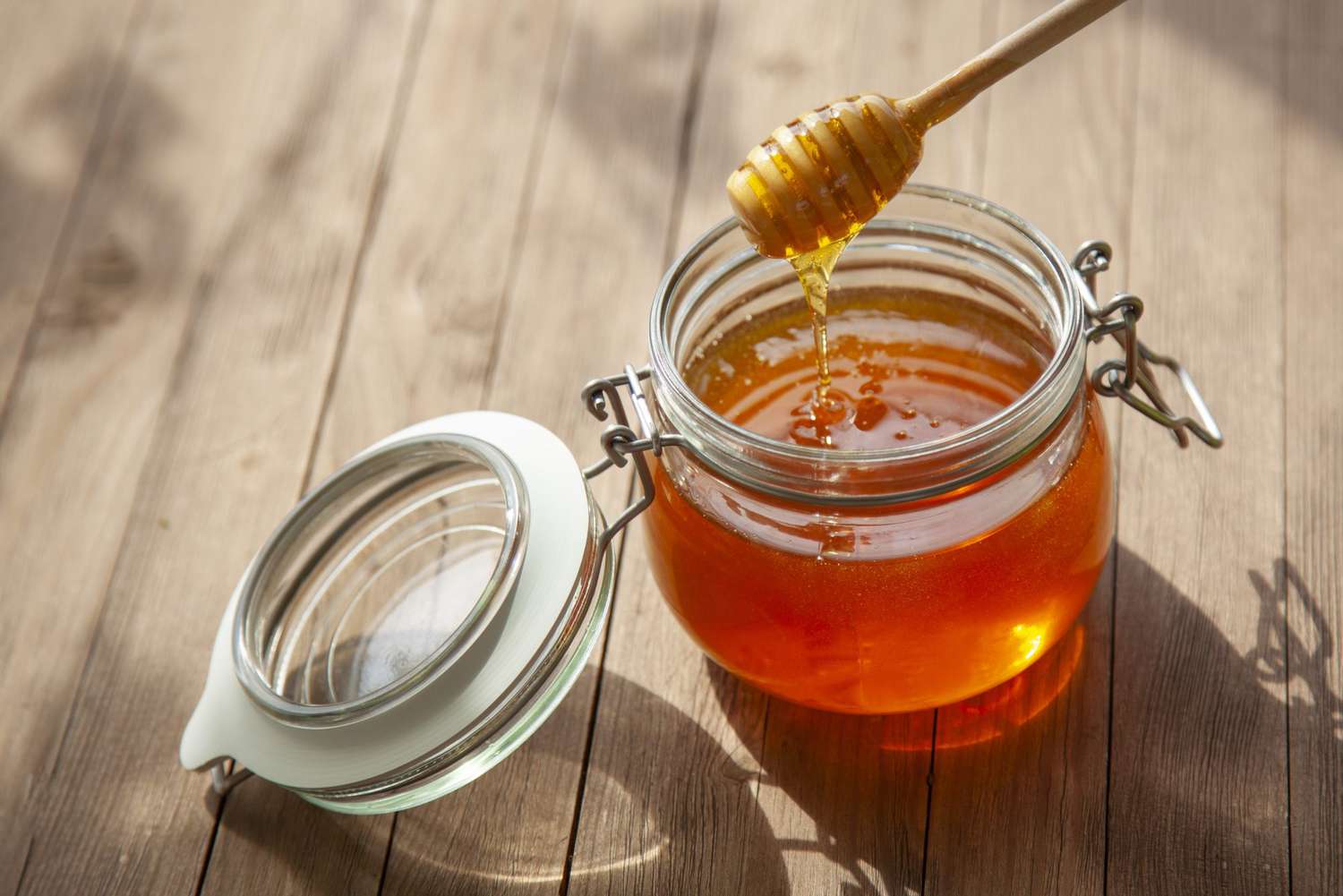
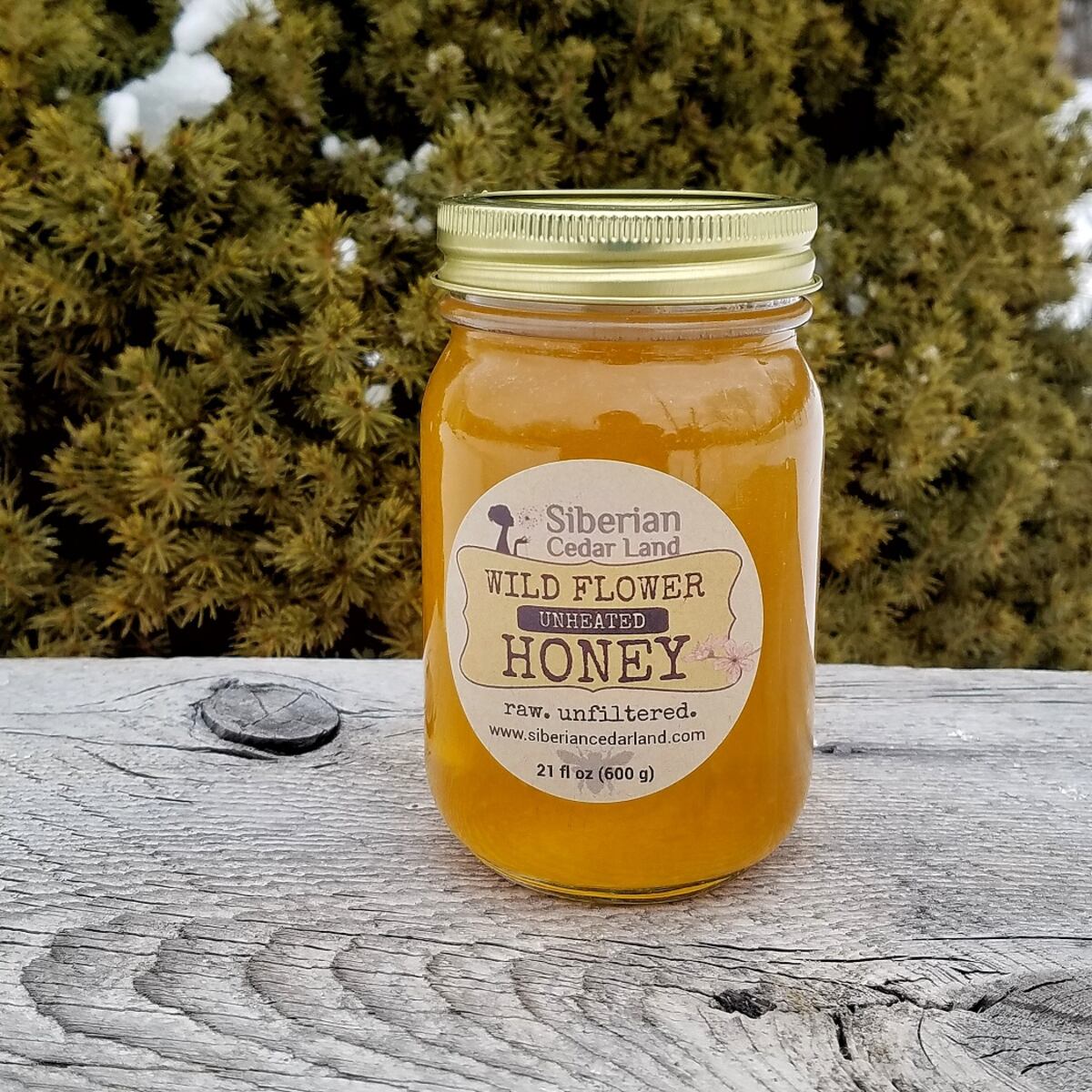

0 thoughts on “How To Store Fresh Honey”